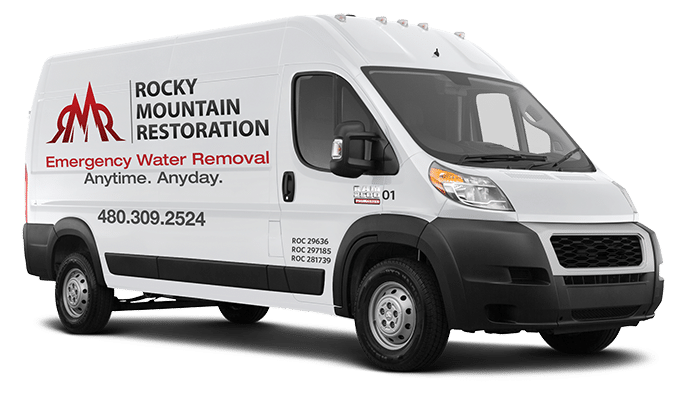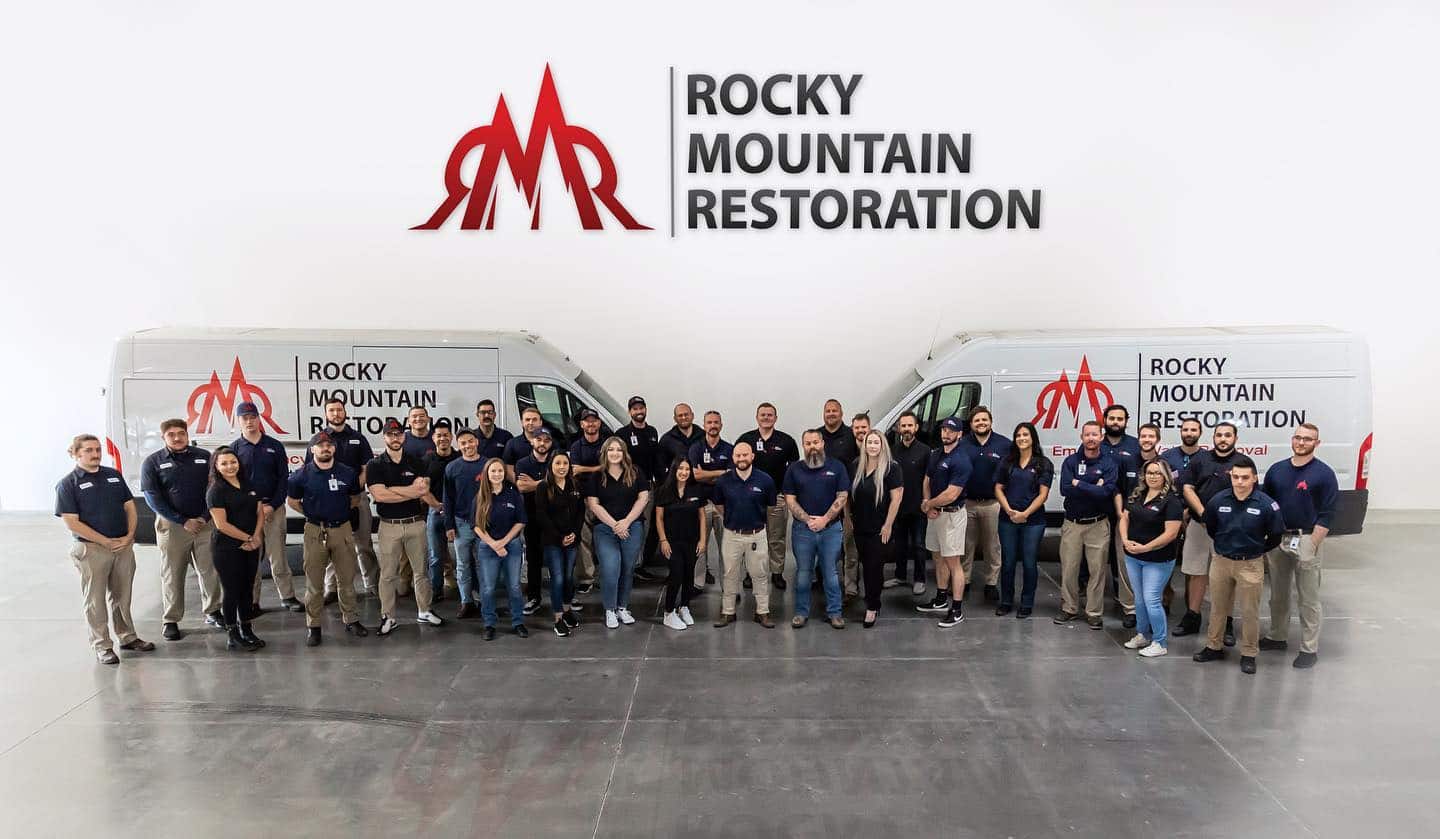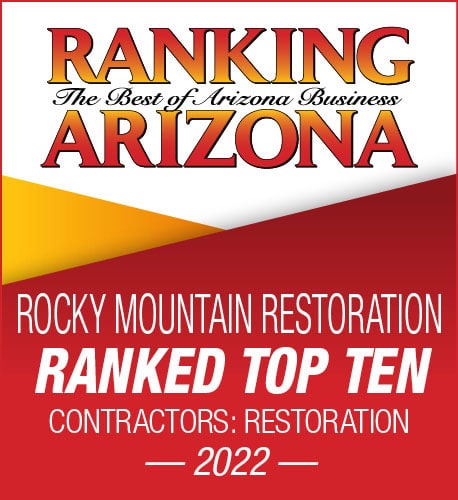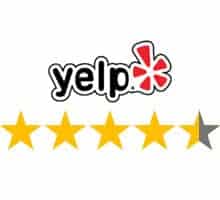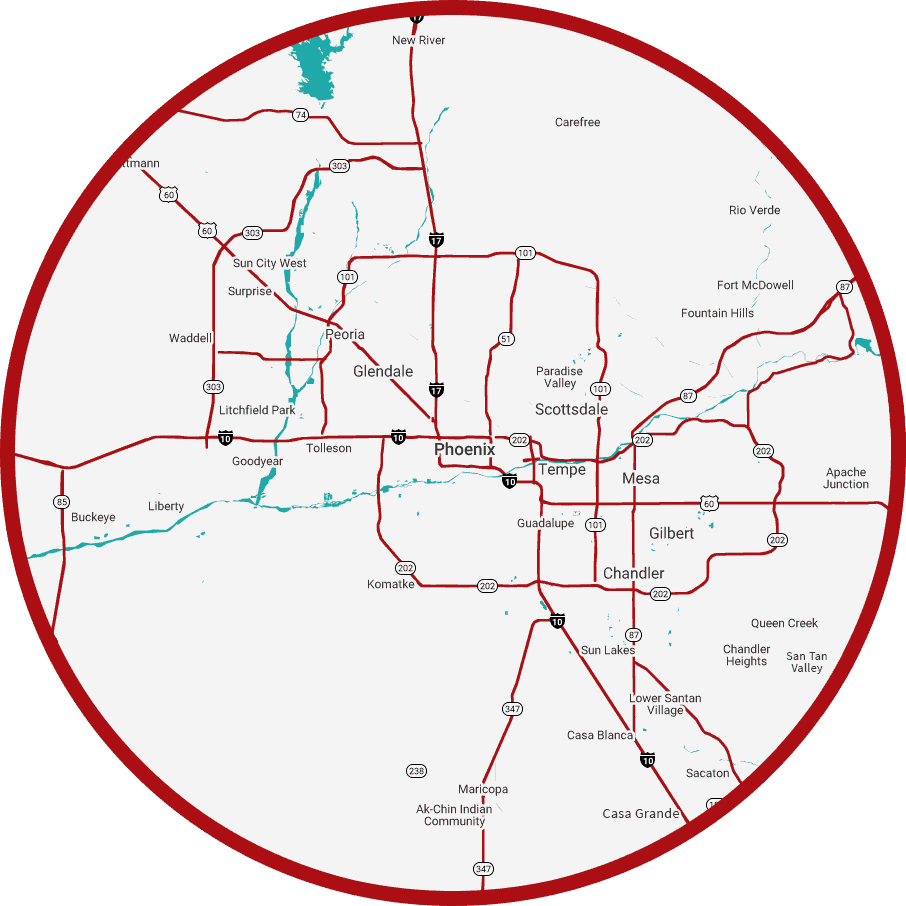When a flood strikes, it can cause devastating damage to your property. From structural damage to health hazards, the risks associated with flood damage are numerous and significant. That’s why it’s crucial to take swift action to mitigate the damage and restore your property to its pre-flood condition.
In this article, we’ll provide you with essential tips for cleaning up and restoring your property after flood damage. From assessing the damage to dealing with insurance, we’ll cover everything you need to know to ensure an effective and efficient restoration process.
Assessing the Damage
Before undertaking any cleanup or restoration activities, it is important to assess the extent of the flood damage. Assessing the damage will help you to determine the appropriate measures to take and the resources you will need for the restoration process. Here are some key factors to consider when assessing flood damage:
Water Depth
The depth of the water in your property will determine the extent of the damage. If the water is shallow, you may only need to dry out the area and replace a few damaged items. However, if the water is deep, you may need to replace flooring, drywall, and other structural elements that have been affected. It is important to wear appropriate protective gear such as boots, gloves, and a mask to avoid exposure to contaminated water and possible health risks.
Duration of Exposure
The duration of the exposure to water is also a crucial factor in assessing the damage. The longer the water sits in the property, the more damage it can cause. Standing water can promote the growth of mold and bacteria, which can lead to health problems. Therefore, it is essential to remove the water as soon as possible to prevent further damage and contamination.
Contamination Levels
Assessing the level of contamination is important as it determines the type of cleaning and disinfection measures that need to be taken. Floodwater can carry various types of contaminants such as bacteria, viruses, and chemicals. Proper cleaning and disinfection procedures are required to eliminate these contaminants and prevent their spread. It is advisable to seek professional services for effective cleaning and disinfection.
Flood Damage: Essential Tips for Cleanup & Restoration
Safety First
Dealing with flood damage can be hazardous, and safety should be the top priority during cleanup and restoration. Floodwater can be contaminated with chemicals, sewage, and other hazardous materials. In addition, structural damage and electrical hazards can pose significant risks to workers and residents.
Before starting cleanup and restoration efforts, it is important to take necessary safety measures. This can include wearing protective clothing such as gloves, masks, and boots. It is also important to avoid direct contact with floodwater and contaminated areas.
Turn off power to the affected area to avoid electrical hazards. If there is any structural damage, be cautious when entering the property and avoid walking on weakened or damaged floors.
Practical Tips for Staying Safe
During cleanup and restoration, it is essential to take practical steps to stay safe. Avoid drinking or eating anything exposed to floodwater. Wash hands regularly with soap and clean water. If any symptoms of illness occur, seek medical attention immediately.
Proper ventilation is also important during cleanup and drying out of the property to prevent the buildup of harmful chemicals or mold. Keep windows and doors open when possible and use fans if available.
Finally, it is important to seek professional flood damage cleanup services when necessary. Professional services have the expertise and equipment to safely and effectively remove any hazards and prevent further damage to the property.
Cleanup and Restoration
Once it’s safe to begin cleanup and restoration activities, the first step is to remove any standing water from the property. This can be done using specialized equipment such as pumps and vacuums. It’s important to dry out the property as quickly as possible to prevent further damage and the growth of mold and mildew.
Next, remove any debris and contaminated materials from the property. This includes items such as carpets, furniture, and drywall that have been exposed to floodwaters. Wear protective clothing and avoid direct contact with contaminated materials.
Repairs and Restoration
If there is any structural damage to the property, it’s important to have it addressed as soon as possible. This may require the help of professional restoration services to properly assess and repair the damage.
Once the property is dry and free of debris, repairs and restoration can begin. This may include replacing damaged drywall, insulation, and flooring, as well as repainting and refinishing surfaces.
It’s important to use professional services for effective restoration and to ensure that all necessary repairs are made to prevent further damage or health hazards.
Cleaning and Disinfecting
After flood damage, it is crucial to properly clean and disinfect the affected area to eliminate any potential health hazards. Here’s what you need to know:
Assess the Damage
Before beginning any cleaning and disinfecting activities, it is essential to assess the extent of the damage. Take into account the water depth, duration of exposure, and contamination levels to determine the appropriate measures to take.
Cleaning and Drying Out
The first step in cleaning and disinfecting after flood damage is to thoroughly clean and dry out the affected area. Use specialized equipment, such as dehumidifiers and air movers, to remove all excess moisture from the area. Dispose of any debris and contaminated materials safely and in accordance with local regulations.
Disinfecting
After cleaning and drying out the area, follow up with disinfection to eliminate any remaining bacteria and viruses. Use appropriate disinfectants and techniques to thoroughly disinfect the area. It is important to follow established safety guidelines when using disinfectants.
Professional Services
For effective cleaning and disinfecting after flood damage, it may be necessary to hire professional services. Professional restoration services can utilize specialized equipment and techniques to ensure thorough cleaning and disinfection, and can help mitigate the risk of future damage.
Dealing with Insurance
Dealing with insurance companies after flood damage can be overwhelming, but it is important to take the necessary steps to ensure that your claim is processed promptly and efficiently. The following are key steps to take when dealing with insurance:
Gather Documentation
Collect all relevant documentation, including photographs, receipts, and any other proof of damage. This information will be needed when filing your claim.
Contact Your Insurance Company
Notify your insurance company as soon as possible after the flood damage has occurred. Provide them with the necessary documentation and ask for guidance on the next steps.
Work with a Professional Restoration Service
Working with a professional restoration service can help ensure that your claim is processed quickly and efficiently. Restoration professionals have the experience and expertise needed to accurately assess the damage and provide the necessary documentation for your claim.
Understand Your Policy Coverage and Limitations
Make sure that you understand your insurance policy coverage and limitations. If you have any questions or concerns, contact your insurance company for clarification.
Prevention is Key
While effective cleanup and restoration after flood damage is essential, preventing future damage is equally important. Here are some practical steps you can take:
Proper Drainage Systems
Ensure that your property has proper drainage systems in place. This includes gutters, downspouts, and grading to ensure water flows away from your property.
Landscaping
Consider landscaping options that can help prevent flood damage. This includes planting trees and shrubs that can absorb water and building rain gardens.
Construction Techniques
When building or renovating your property, consider flood-resistant techniques such as elevating the property, using water-resistant materials, and installing flood vents.
Regular Maintenance and Inspections
Regular maintenance and inspections can help identify and address potential issues before they become a problem. Make sure to inspect your property regularly, especially after heavy rainfall or flooding in the area.
By taking these preventive measures, you can help protect your property from future flood damage and minimize the risk of costly repairs and restoration.
Our address is 5111 E Indigo St Suite #109, Mesa, AZ 85205
Call Rocky Mountain Restoration today. Our contact number is 480-309-2524
